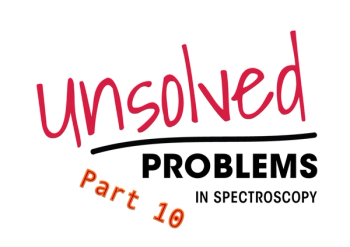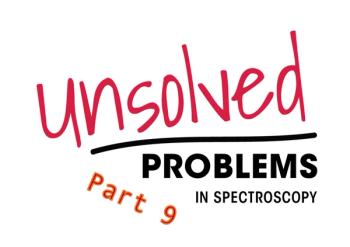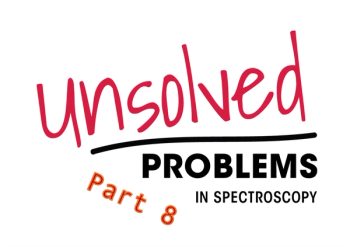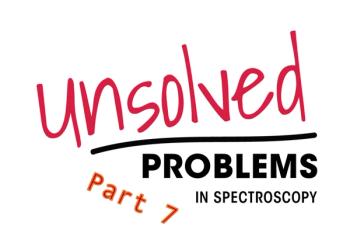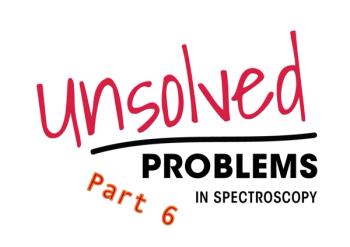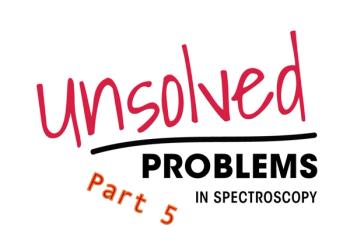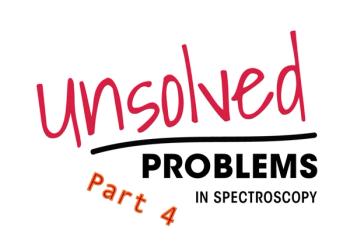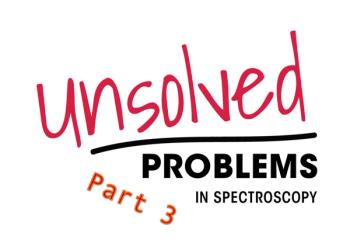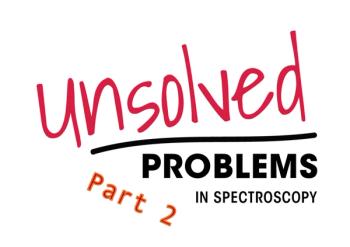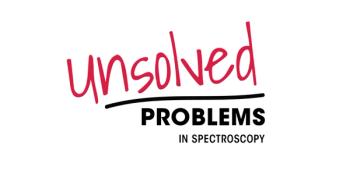
Here are ten main unsolved problems in vibrational and atomic spectroscopy, each accompanied by a tutorial-style synopsis suitable for advanced practitioners or graduate-level students. Each of these tutorials, spanning advanced spectroscopy modeling, chemometrics, machine learning (ML) interpretability, and standardization, consists of a descriptive article. Each piece is well-referenced (with detailed matrix equations, radiative transfer models, chemometric derivations, and so forth), and includes the following. • Special focus on each topic—including mathematical derivations in matrix notation. • Conservative, verifiable content anchored to established reference sources. • Appropriate tutorial article structure: Title, Summary, Abstract, Introduction, Theory with equations, Examples, Discussion & Future Research, and References.

